Mason and Molloy 2A Posterior Malleolar Fracture with Posteromedial die punch and Comminution. Large Wagstaffe Fragment
Score and Comment on this Case
Clinical Details
Clinical and radiological findings: Fracture Type : Lauge Hansen – SER 4; Mason and Molloy – 2A (with additional PM comminution); AO – 44B3.3. Soft -Tissue: Closed fracture Tscherne – C1. Specific Problems: Long comminuted fibular fracture with very large Wagstaffe fragment. Type 2A PM fracture, anterior collicular fracture. Die punch fragment posteromedial aspect with posteromedial comminution.
Preoperative Plan
Planning remarks: Due to the posteromedial die punch fragment and comminution we need posteromedial access. We also need to ensure a comminuted fibular fracture with large Wagstaffe can be accessed and reduced appropriately.
Surgical Discussion
Patient positioning: Recovery position.
Anatomical surgical approach: Lateral and medial posteromedial.
Operative remarks:Theatre setup:
My approaches were planned to allow confident reduction of the fibular Wagstaffe which is possible through a direct lateral approach. Needing access to the die punch and posteromedial comminution access the bed of tibialis posterior was most reasonable. Therefore, a lateral and MPM is easiest in this case. The MPM can be curved anteriorly along the tib post course to allow access the anterior collicular fracture.
The MPM approach allowed me to open the PL fragment fracture plane to reduce the die punch with a small osteotome. This was K wired in position before application of plate. The PL fragment was then reduced and fixed with a type 2A plate, which fitted best in this case and allowed a locked screw above the diepunch as a raft. As the 2A plate has a medial screw proximally this allows easier access to screw through the MPM approach.
The large Wagstaffe fragment needed to be rotated into position. The Volition fibular plate sits anteriorly distally so did have some hold. The Wagstaffe suture holes in plate also allowed the AITFL to be sutured into place.
Postoperative protocol: 2 weeks NWB in a back slab. Conversion to Vacuum cast boot at 2 weeks to allow full weightbearing. Wean out of boot at 6 weeks.
Orthopaedic implants used: Volition (Orthosolutions)
Search for Related Literature
Industry Sponsership
contact us for advertising opportunities
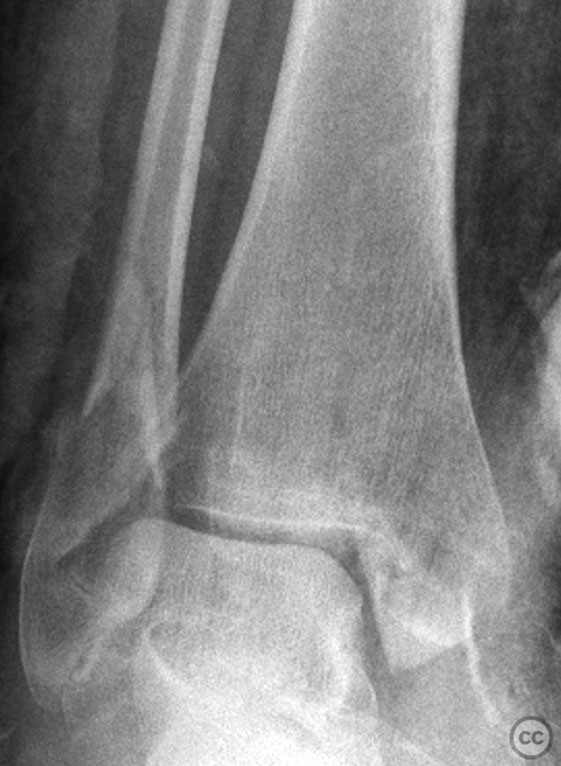
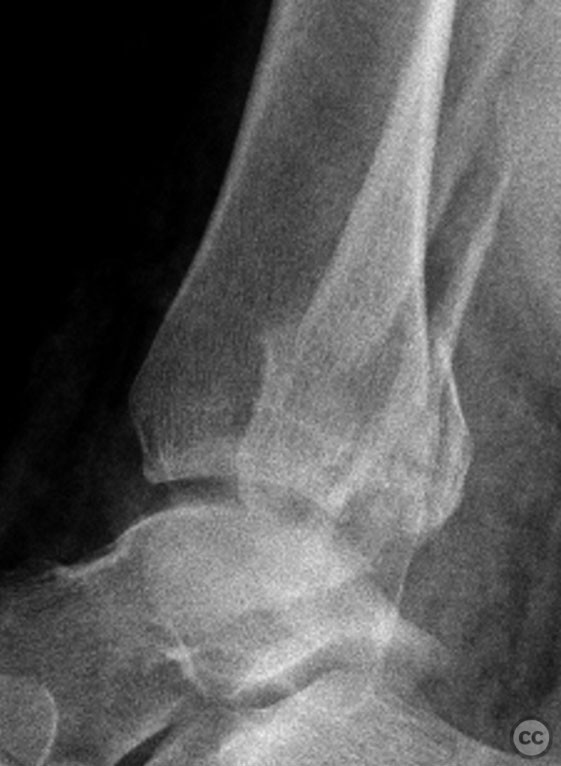
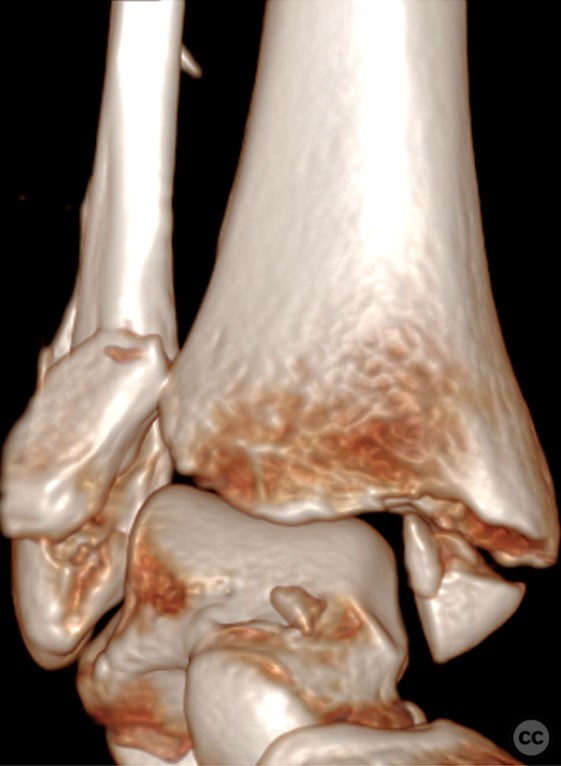
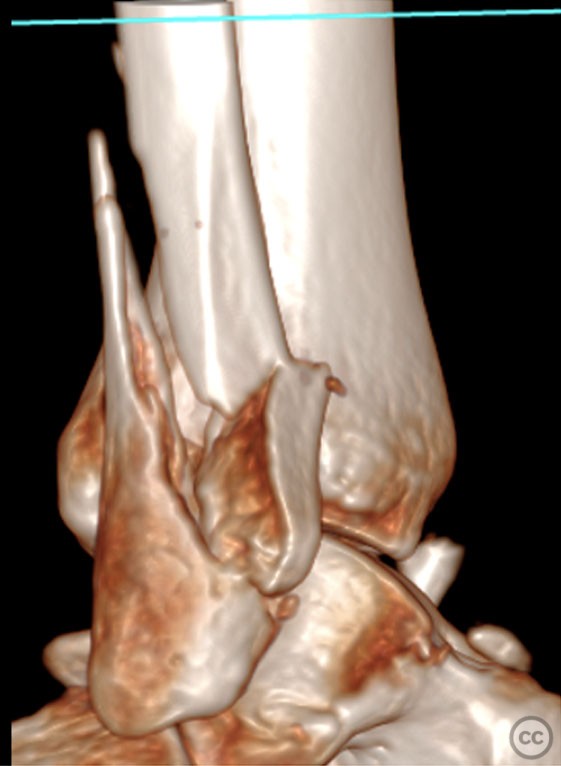
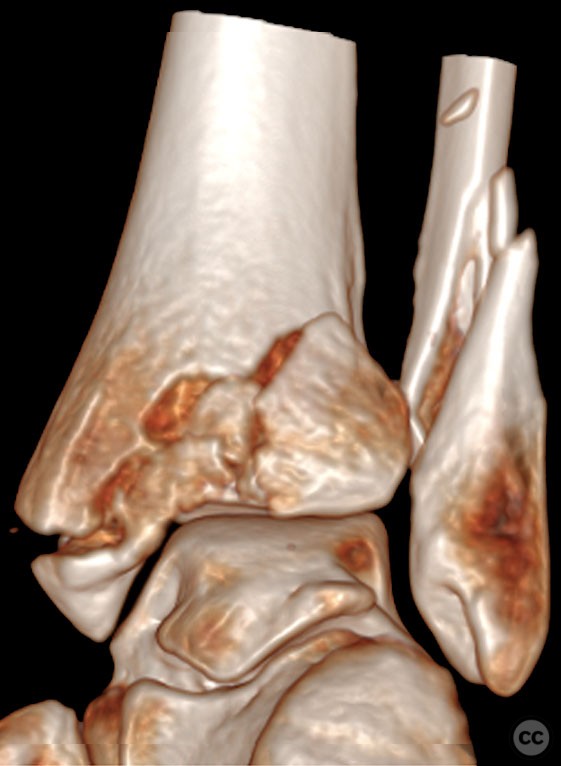
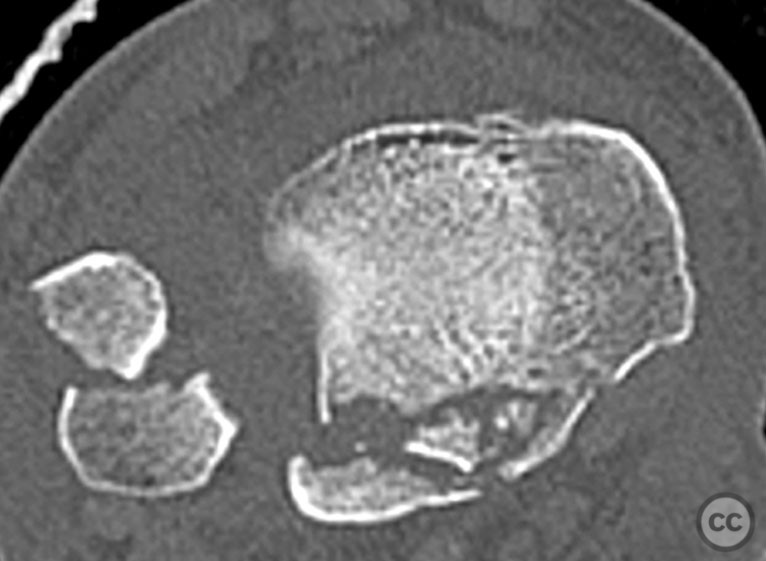
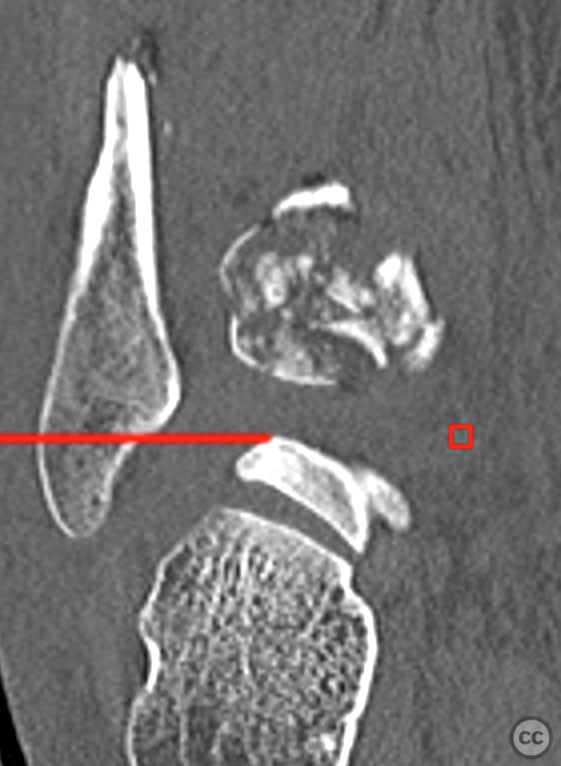
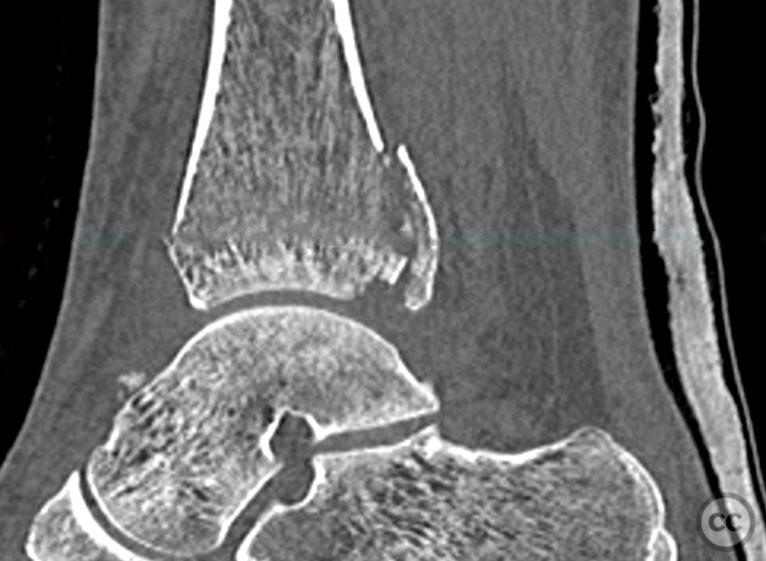
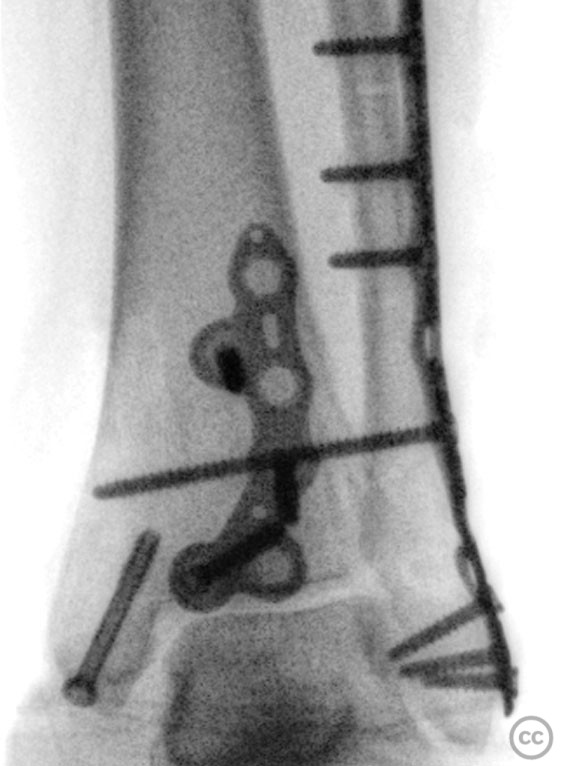
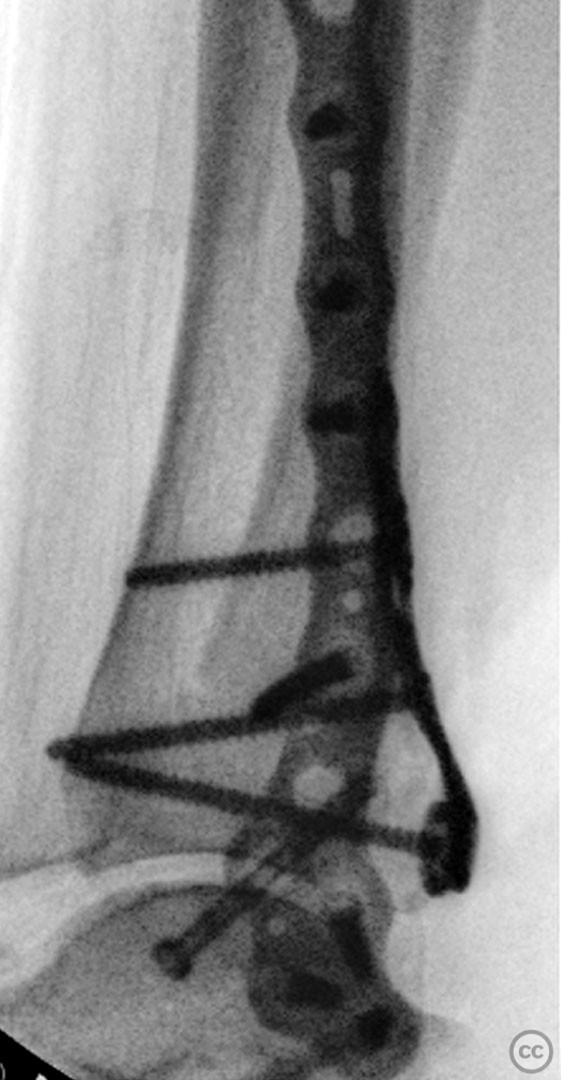


Article viewed 1351 times
31 Jan 2023
Add to Bookmarks
Full Citation
Cite this article:
Mason, L. (2023). Mason and Molloy 2A Posterior Malleolar Fracture with Posteromedial die punch and Comminution. Large Wagstaffe Fragment. Journal of Orthopaedic Surgery and Traumatology. Case Report 18307068 Published Online Jan 31 2023.